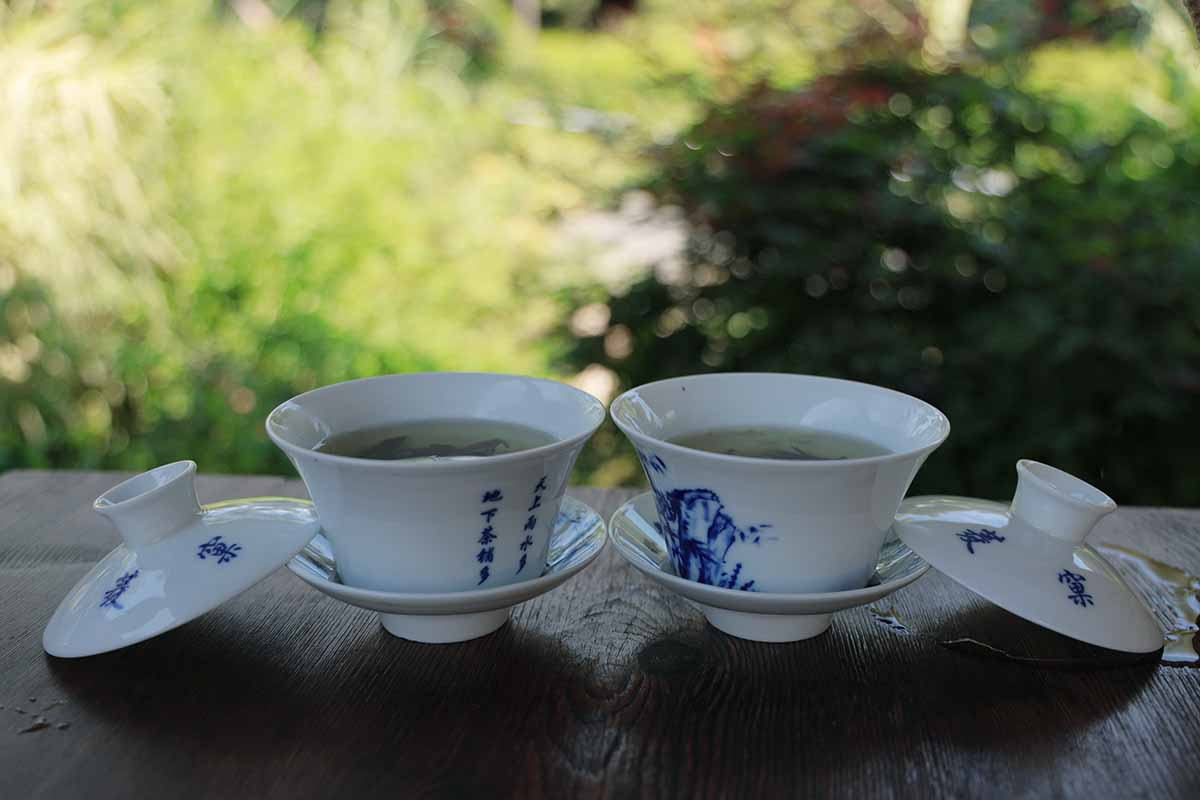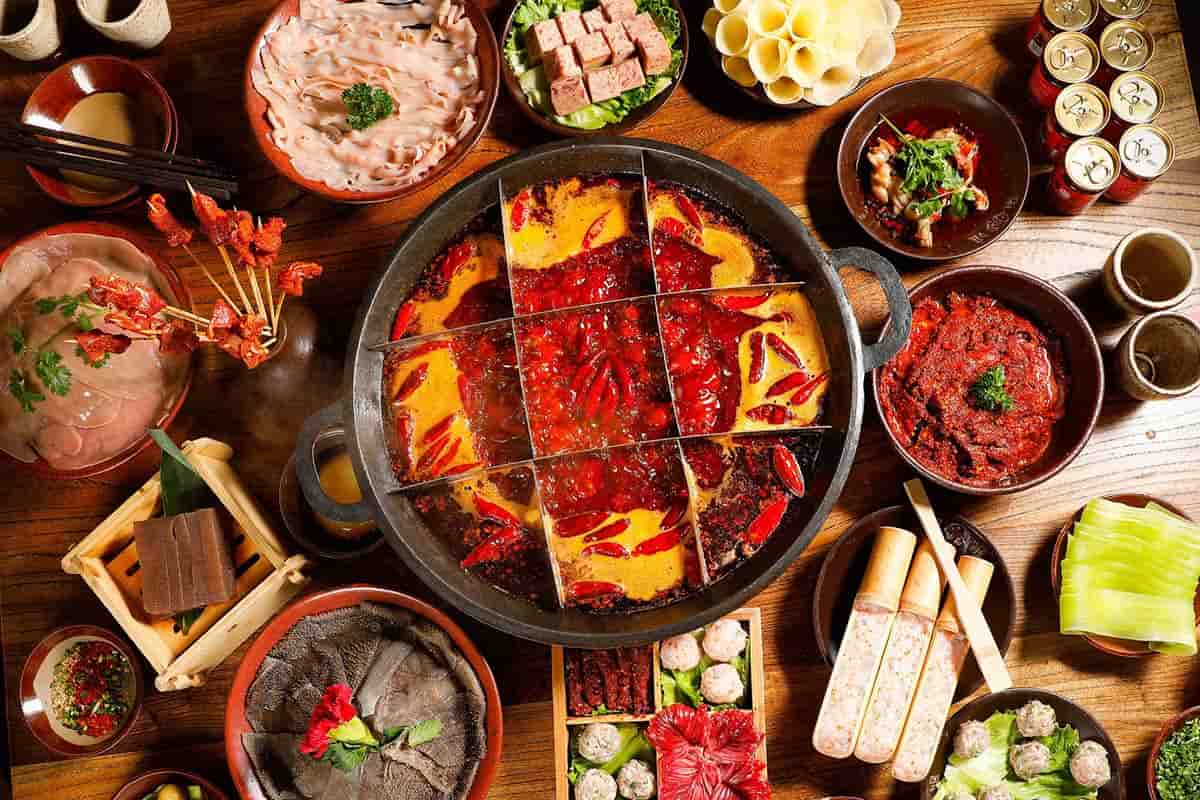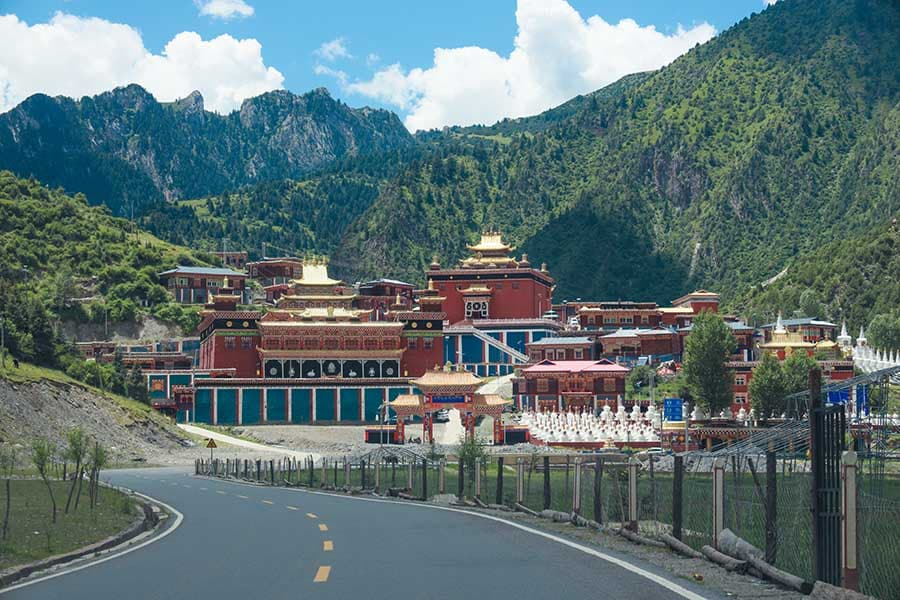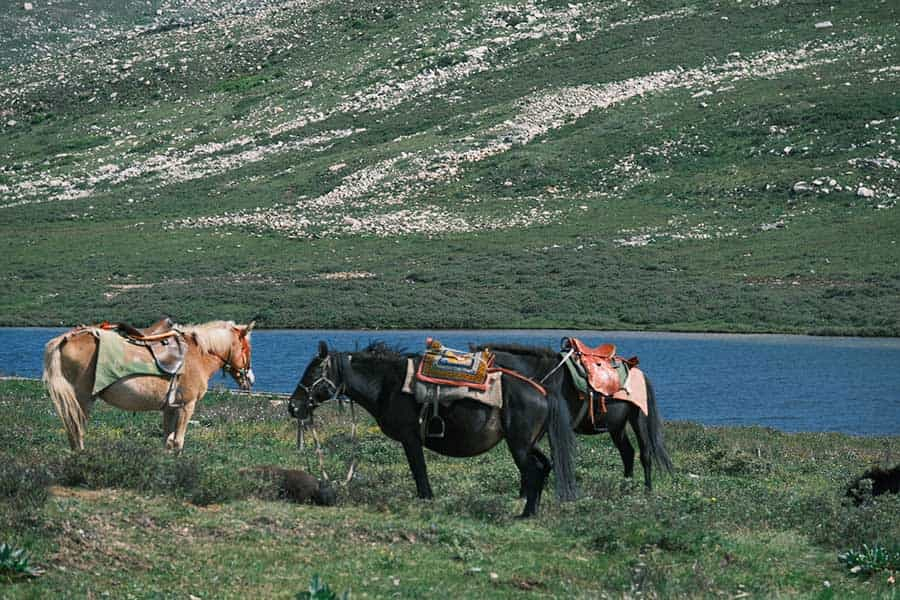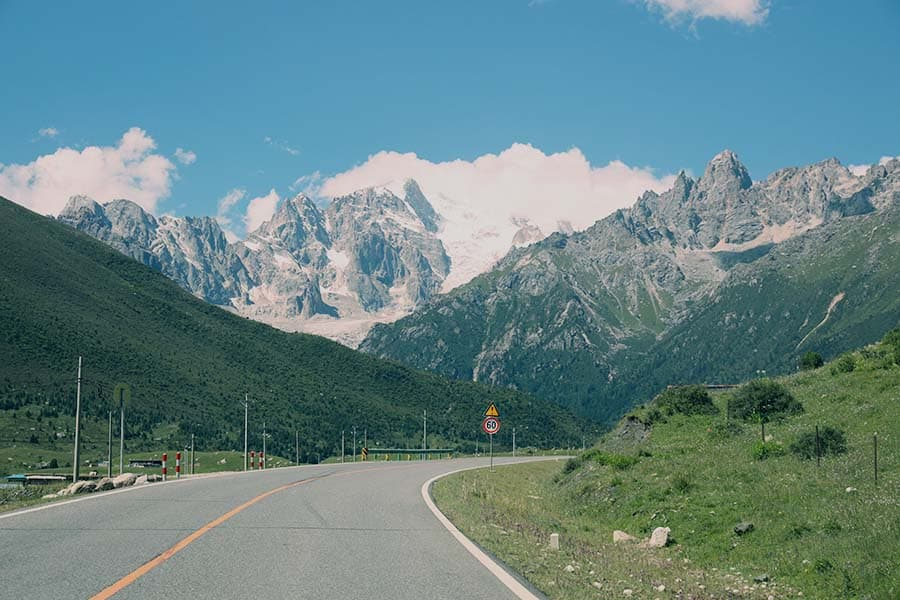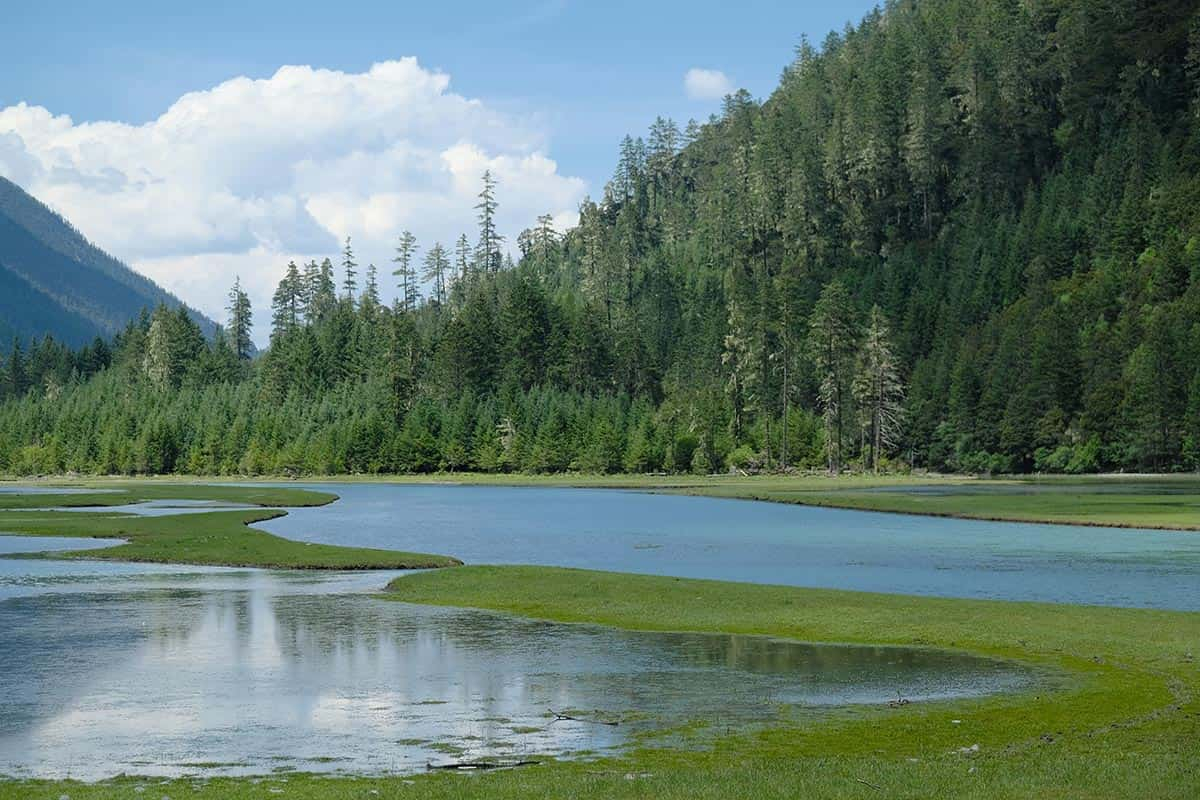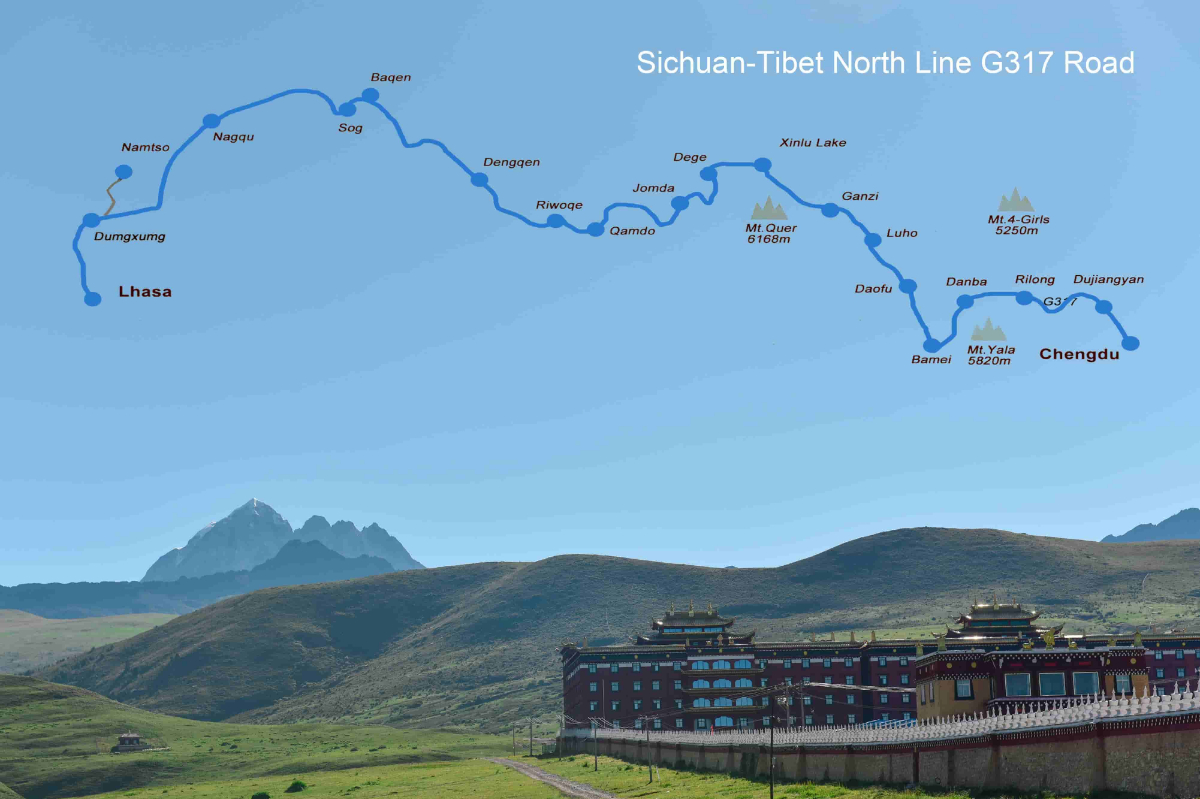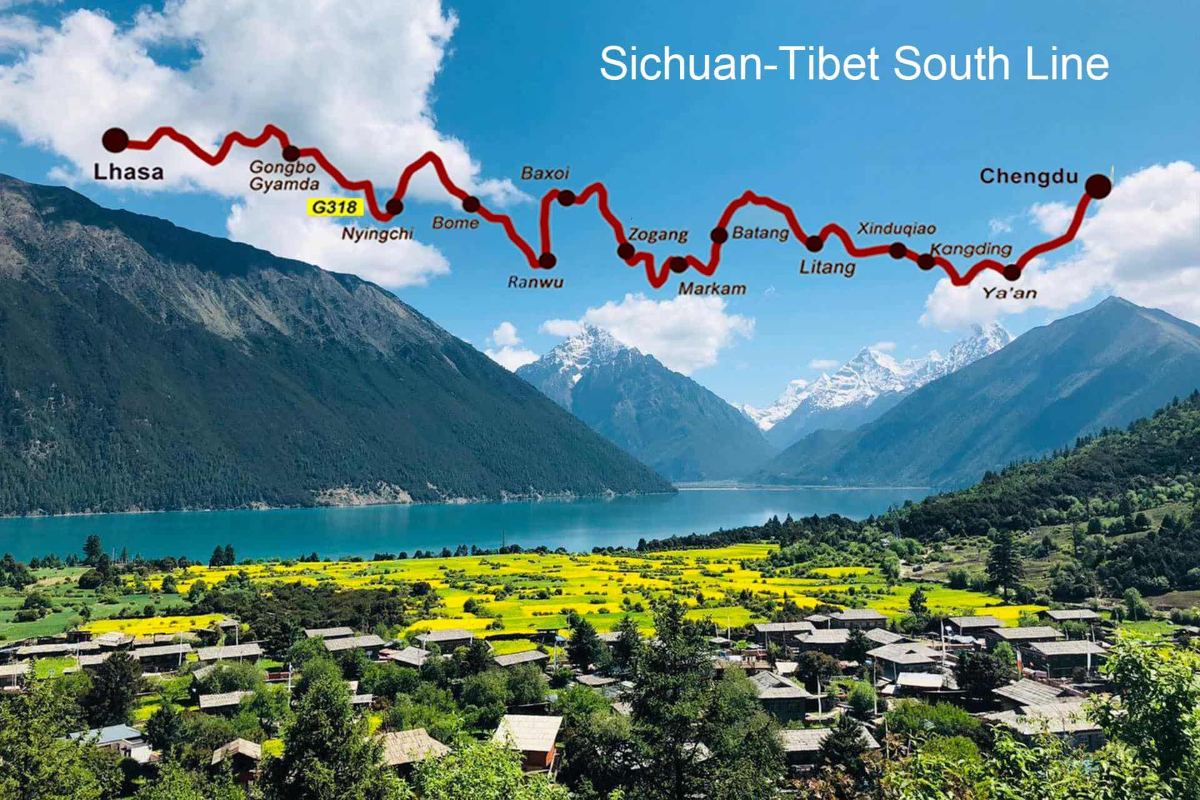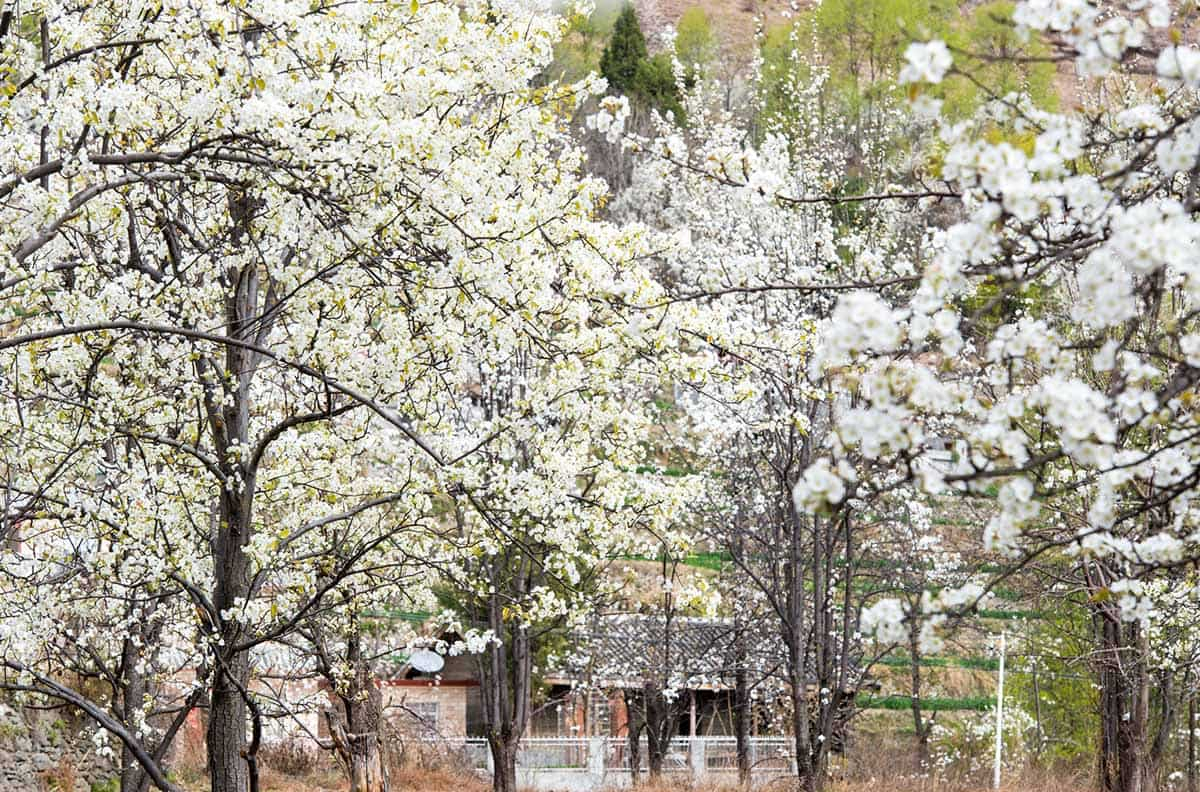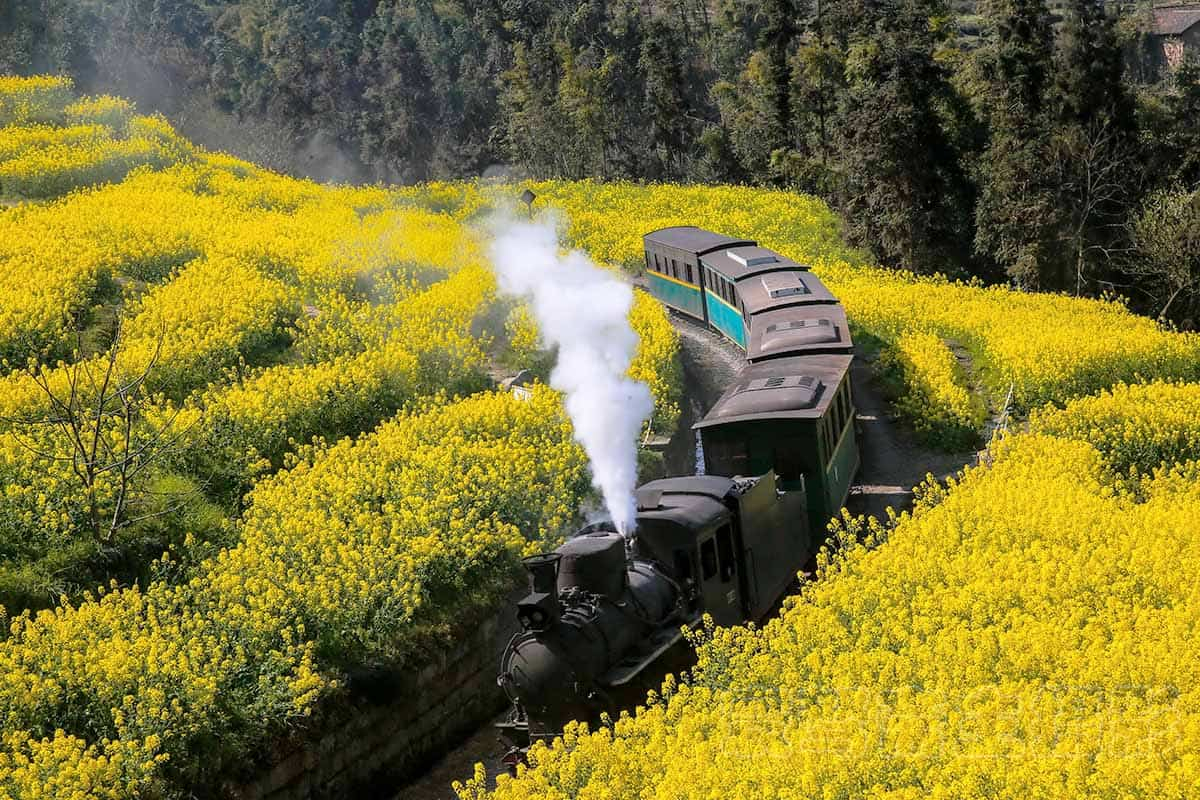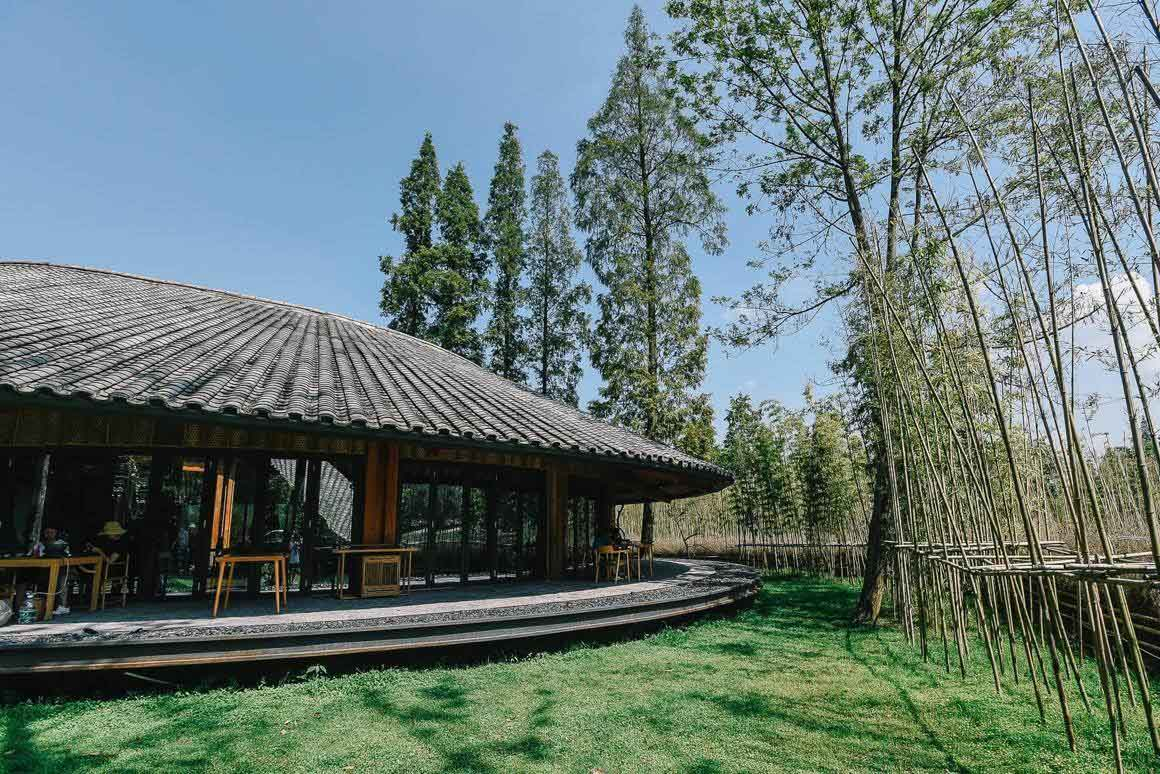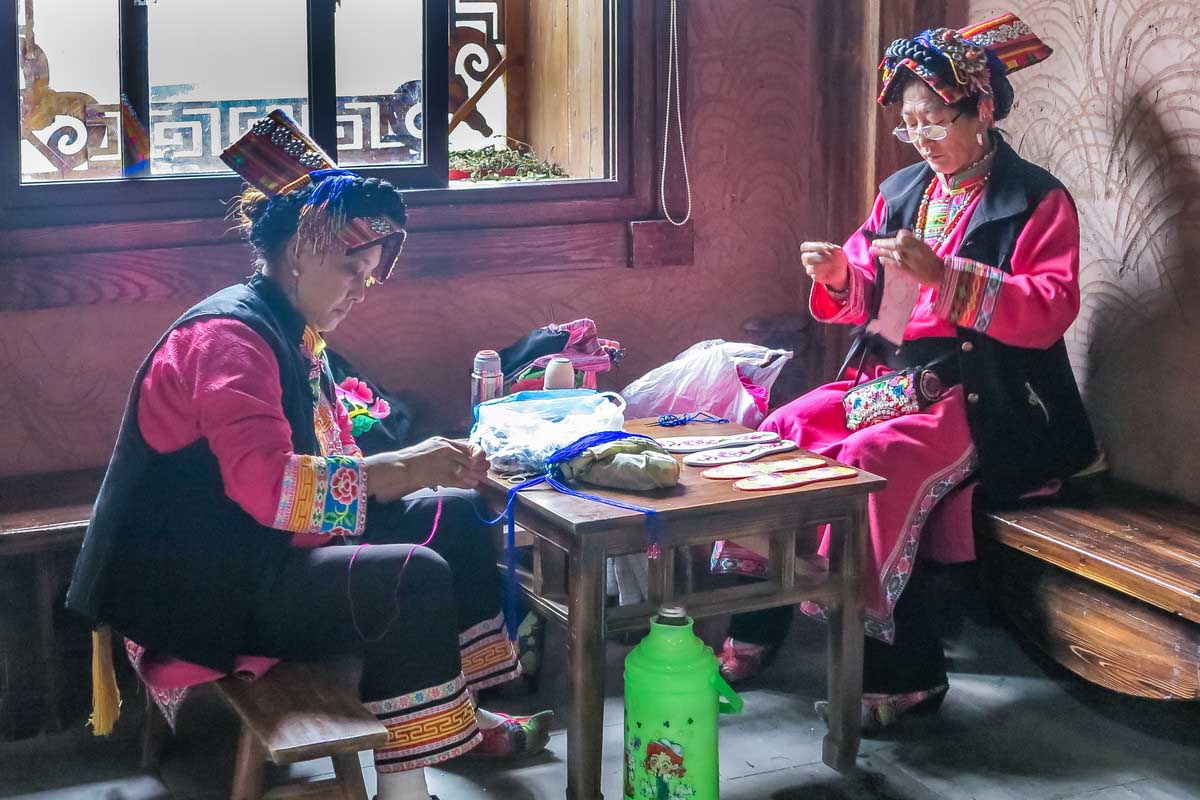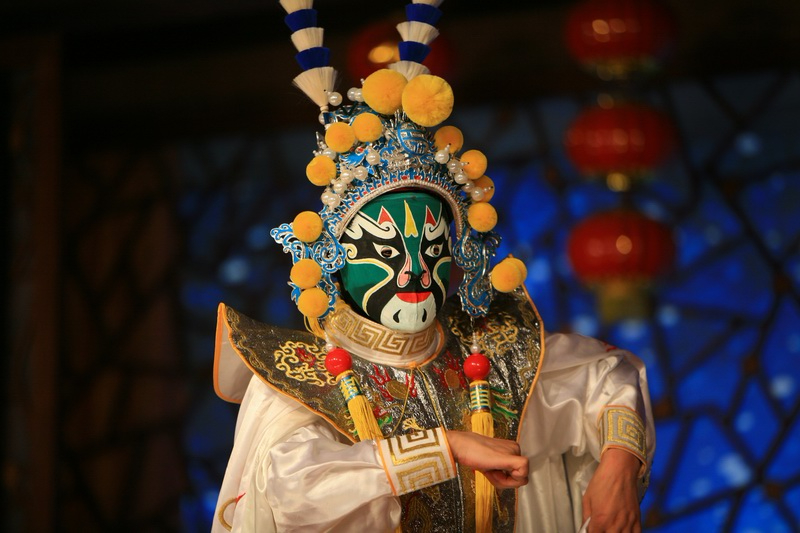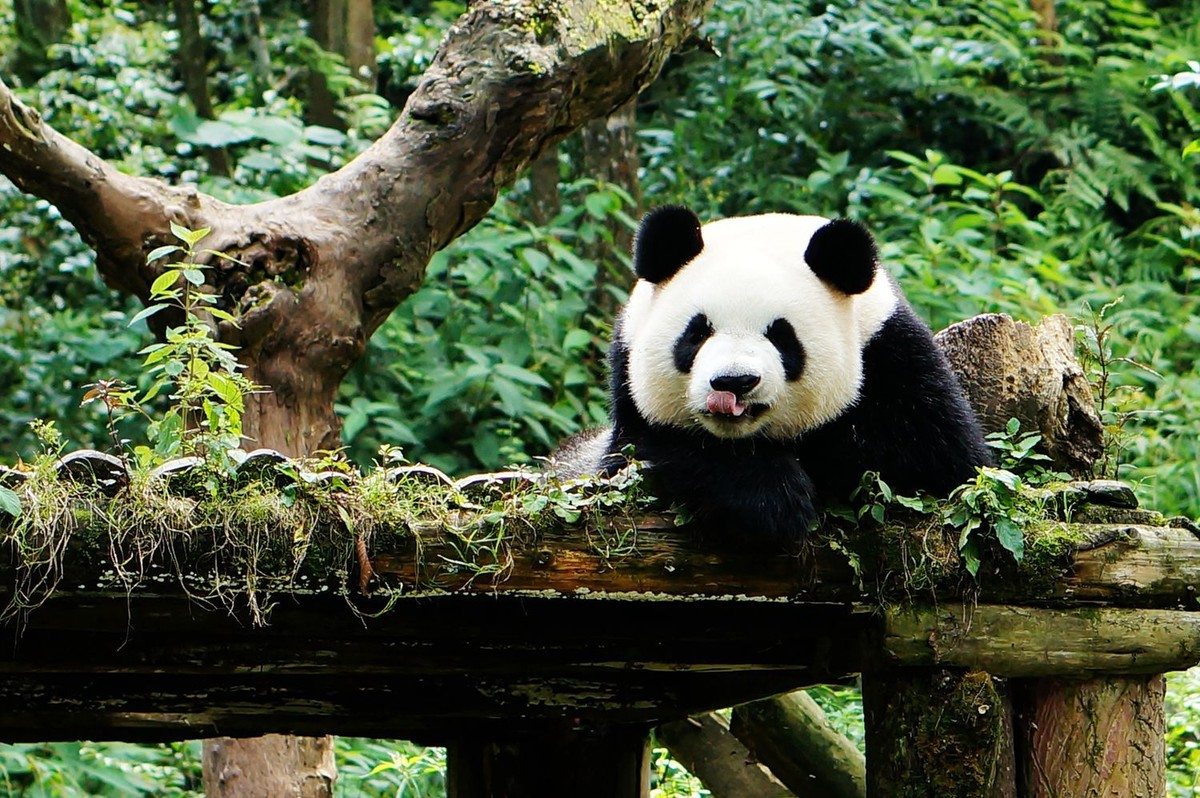Sichuan Ziyang Travel Guide
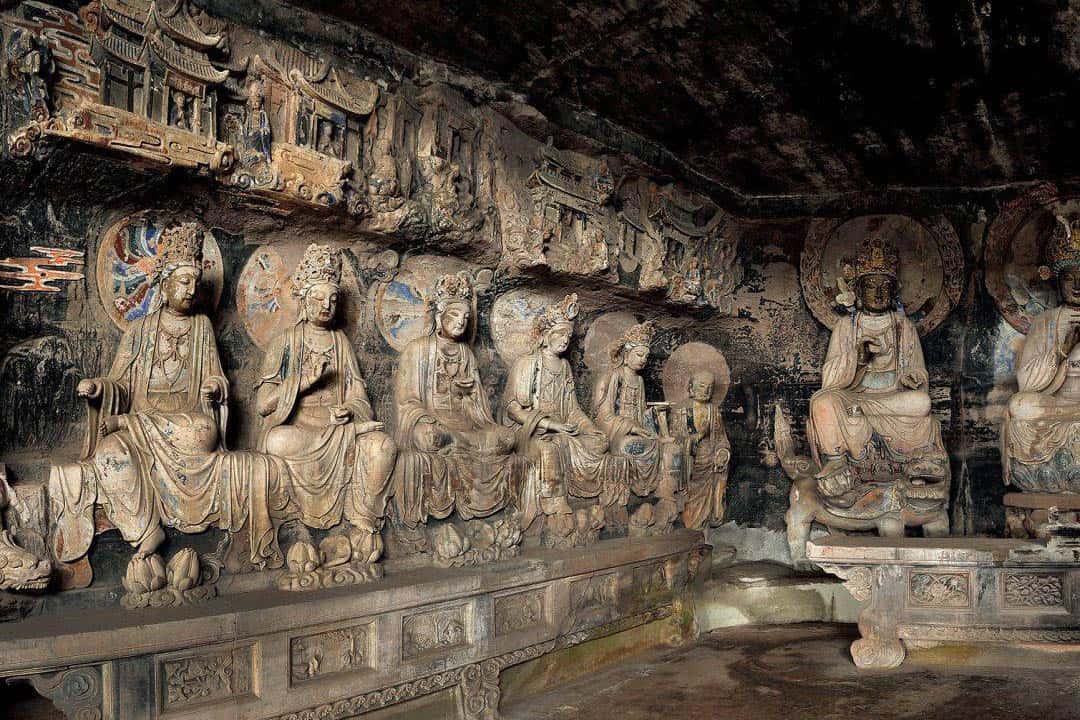
Ziyang is a prefecture city in central of Sichuan province. It is consist of 1 district (Yangjiang District) and 2 counties (Lezhi & Anyue). It sits right next door to the mega city of Chengdu. It is about 1.5 hour by car through express way from downtown Ziyang to downtown Chengdu. To its south is the city of Neijiang. The mighty metropolitan of Chongqing is to its east. 2.3 million people live and prosper in this region. It has a long history dating back to 3rd century BC when this region was under rein of Qin kingdom. It is a highly industrialized region of Sichuan, accommodated many manufacturers, especially auto makers. It is not always under tourists radar, but it doesn’t mean Ziyang has nothing to offer to visitors. In its two counties, many scenic sites and stories are waiting for visitors to explore.
● Top things to do in Ziyang
Anyue Stone Carve
Due to its proximity to Chengdu, Ziyang City shares many similarities with this provincial capital in customs, cuisines, traditions and landscapes. But one of the cultural relics in Ziyang really stands out among many of its temples and monasteries. The Anyue stone carve (an yue shi ke) is listed the National Cultural Heritage Site. The making of stone statue began in 6th century when Buddhism was at its heydays and thrived during Tang and Song dynasties. Making of the stone sculptures continued to early 20th century. These stone sculpture scattered almost every villages in Anyue county. Most of the stone statues sculptured based on Buddhism story, quite few are derived from Taoism stories. The most iconic of all these carving sites is the Wo fo yuan cliff carving site. It is in Wofo township 25km north of downtown Anyue. In this 500meter valley, more than 1500 Buddha sculptures are carved out on the cliff wall. There are more then 130 caves to accommodate these sculptures. The most impressive is the reclining Buddha statue. This 23 meters long and 3 meters wide Buddha statue lays on the cliff wall 5 meters above ground. What made this site interesting, apart from its exquisite craftsmanship and attention to details, is that inscriptions are also carefully and clearly carved along with these statues. Those inscriptions documented the year and date when these statues were made, providing an important tool for researchers to study the history of Buddhism and evolution of calligraphy.
Despite being an industrialized region, Ziyang still offers a range of scenic spots.
Zikushan Park
Zi ku shan gong yuan (The park of Chinese characters) is the only type of park focuses on Chinese characters. The forest park is in east part of Ziyang city with varieties of facilities and installments related to the evolution of Chinese characters.
Mumen monastery
Mu men si (Wooden Gate Monastery) is a Ming dynasty (15th century AD) monastery in Mumen village, Anyue county. It is listed as national key protection relics site for its well preserved halls from Ming and Qing dynasty.
● Ziyang Food&Drinks
In terms of cuisine style, Ziyang is in many ways like Chengdu, offering a variety of flavors. One type of food that stands out is the mutton broth from Jianyang. All though Jianyang region is now under administration of Chengdu, this type of dish is prevailing in most parts of Ziyang region. Mutton is not staple meat source for most Sichuanese, but Jianyang mutton is an exception. Every year on winter solstice, people in Sichuan, especially around Chengdu plain, celebrate this midwinter day by consuming mutton. The mutton from Jianyang is most popular. They believe that mutton is a good source of energy and nutrient to get through the cold and damp Sichuan winter days.
Anyue rice roll (an yue mi juan) is another famous delicacy from Ziyang. It is a simple dish made of ground up rice. Rice dough was made into thin pieces and then steamed. It is served often with ginger, scallion and chilly. It can be consumed as cold dish, or consumed as stir fry or roast.
Another item worth mentioning about Ziyang is the lemon. Ziyang lemon accounts for more than 80% of national lemon output. Most production of lemon are seen in Anyue county. Its productions are popular both at home and abroad. It is exported to many overseas markets, mostly, the US, Japan, UAE, UK and Russia. The farming of Lemon began in 1920 when a Canadian missionary brought with him some lemon plants, for ornamental purposes. Mass production of lemon as agricultural produce began in 1950-60s.
● Ziyang Transportation
Ziyang is next door neighbour to the provincial capital Chengdu. It shares many infrastructures and road networks with Chengdu, so access in and out of Ziyang is relatively easy.
Ziyang is on the Chengdu-Chongqing high speed railway route, with two stations designated for Ziyang. It is also conveniently 40km away and 30 minutes drive from the newly installed Chengdu Tianfu International Airport (TFU).
● Ziyang Weather
In general, Ziyang shares the same climatic pattern with Chengdu, a relatively mild sub-tropical climate. Spring and autumn is relatively short, summer and winter is relatively longer in Ziyang. The hottest months are July and August with temperature soaring to 30 degrees and above. Winter is cold and damp but temperatures are often above zero.
- HOTEST
- RECOMMEND
